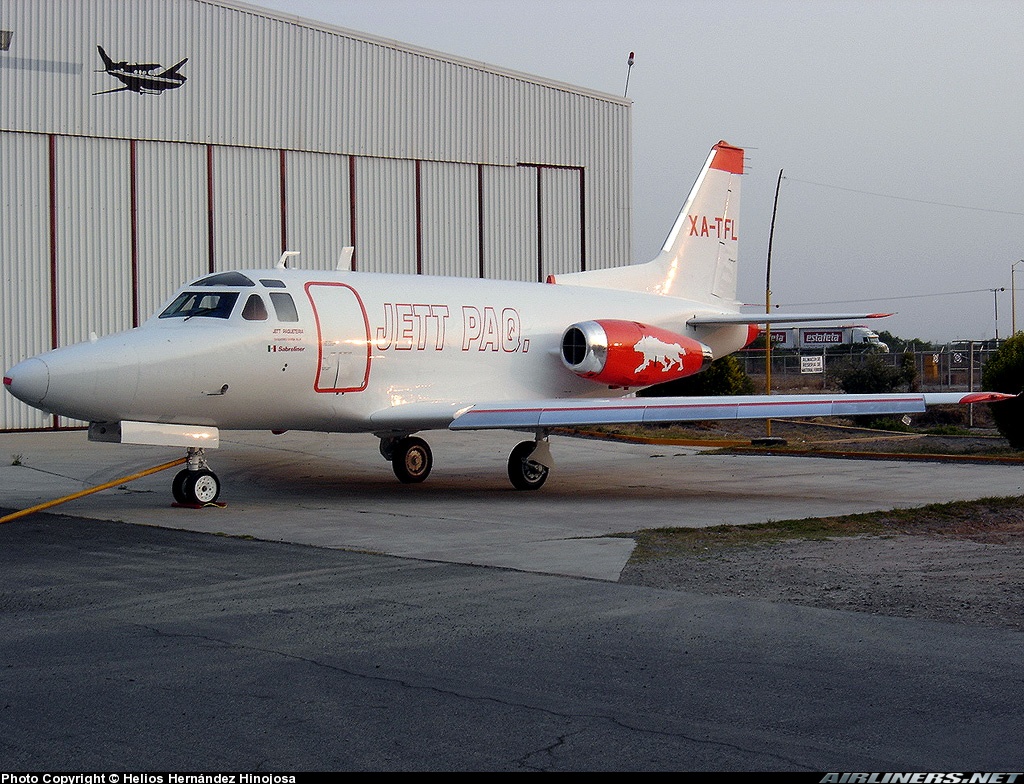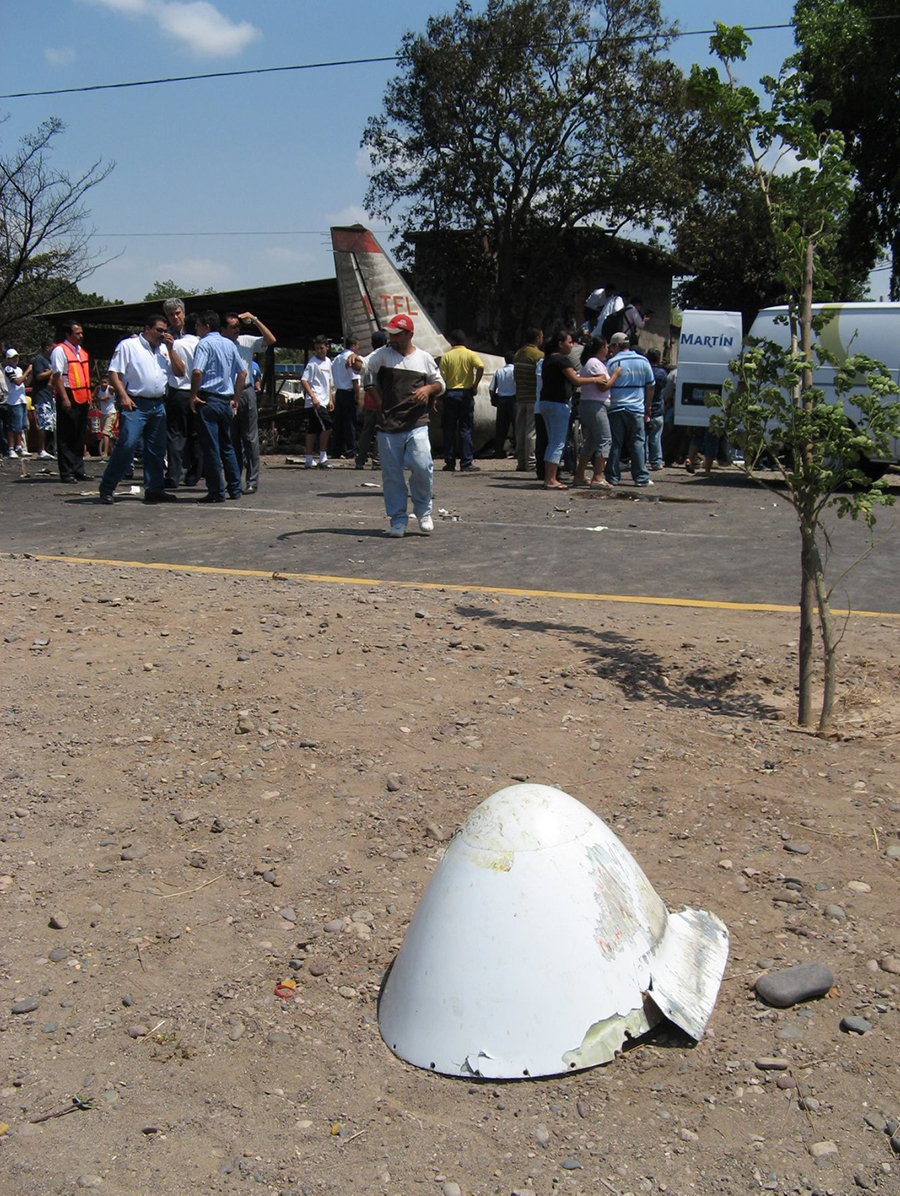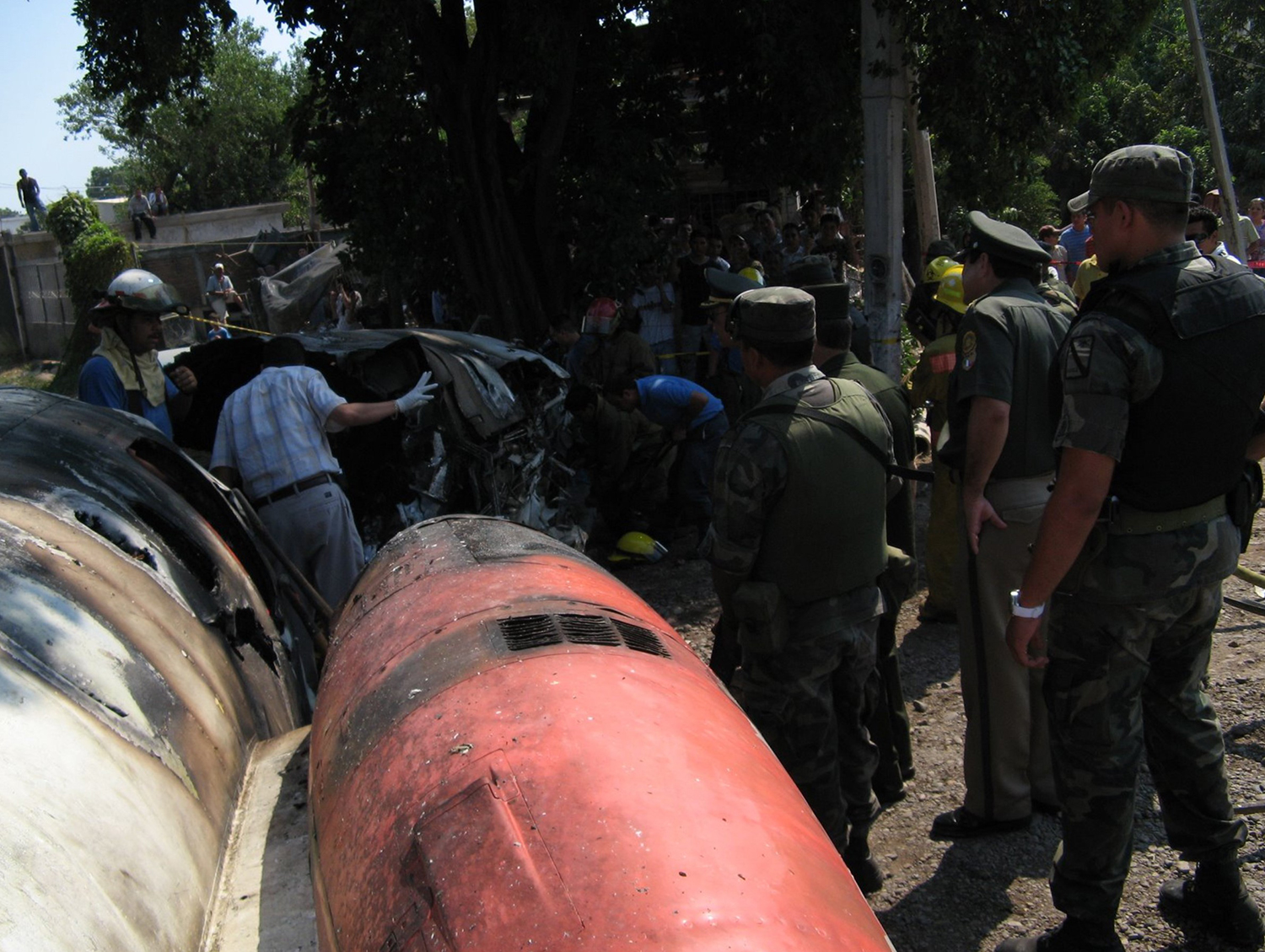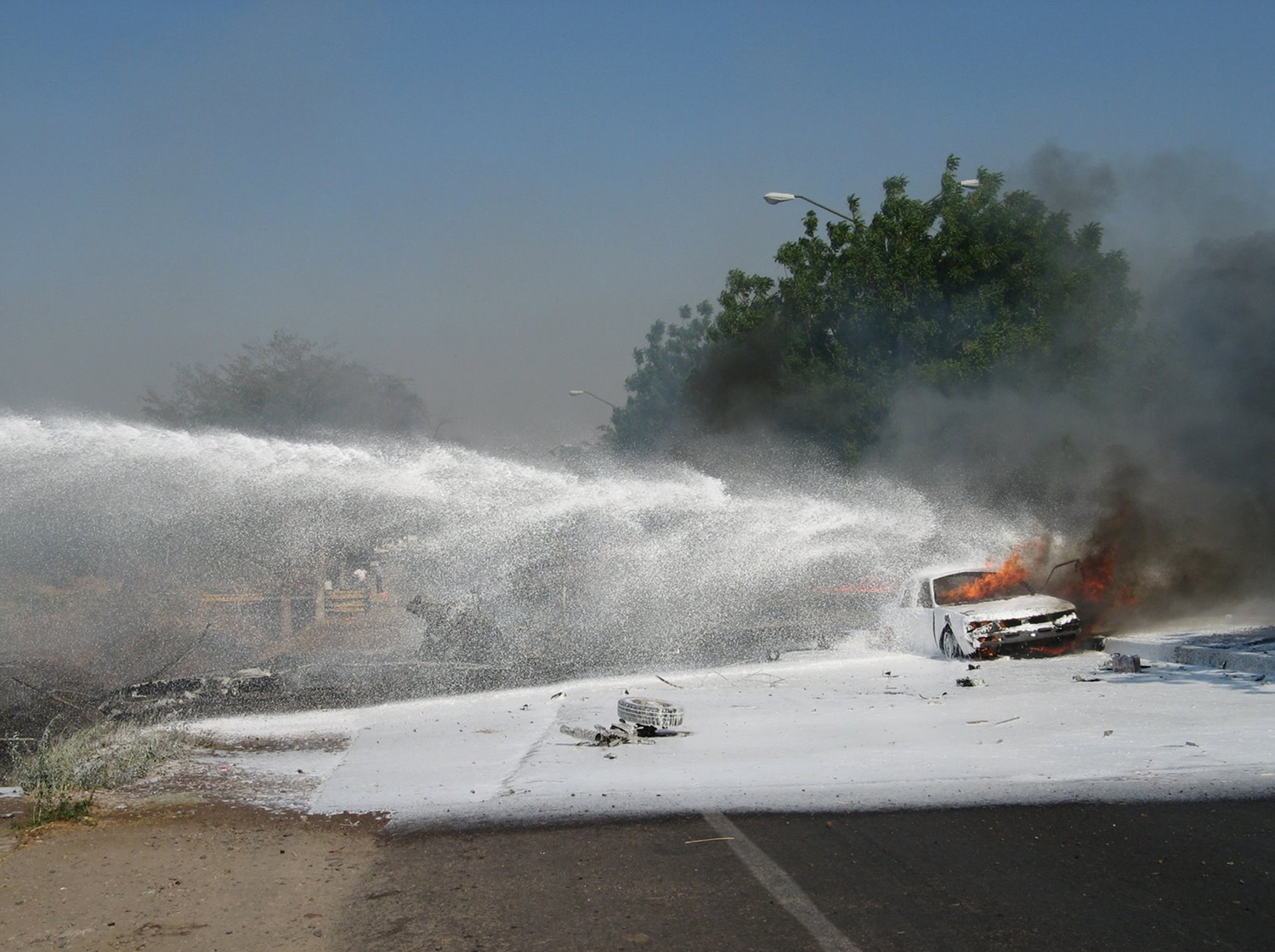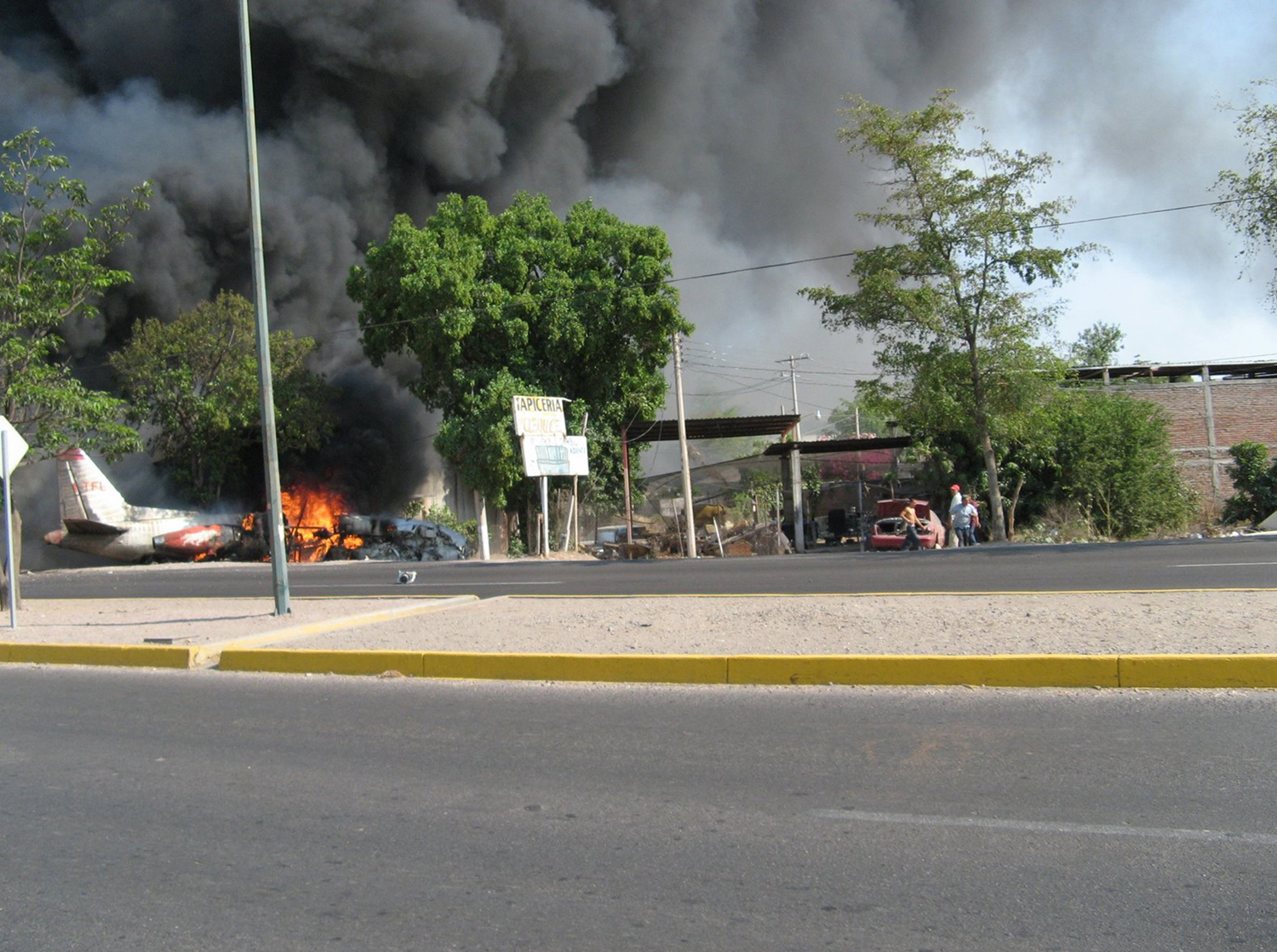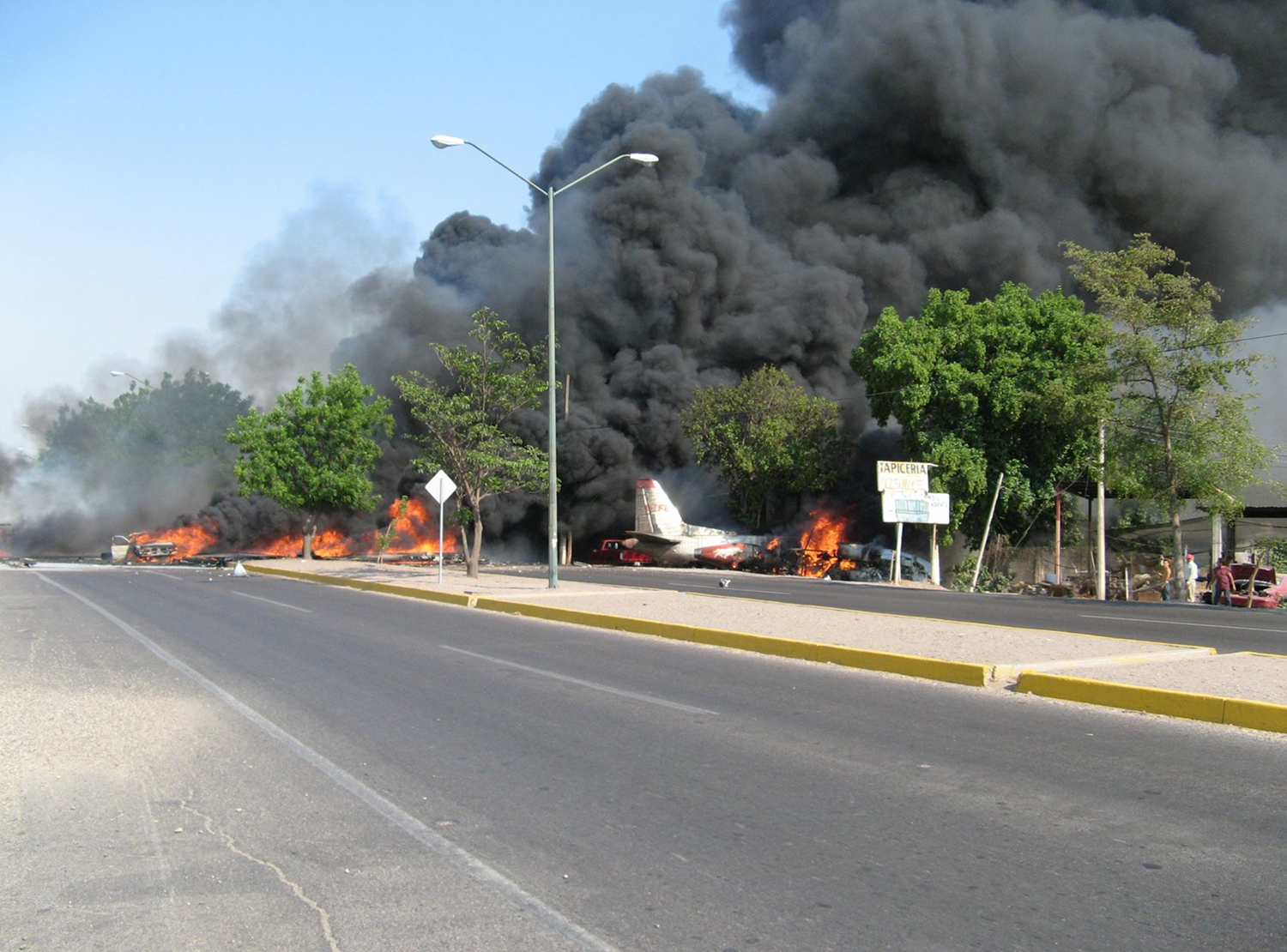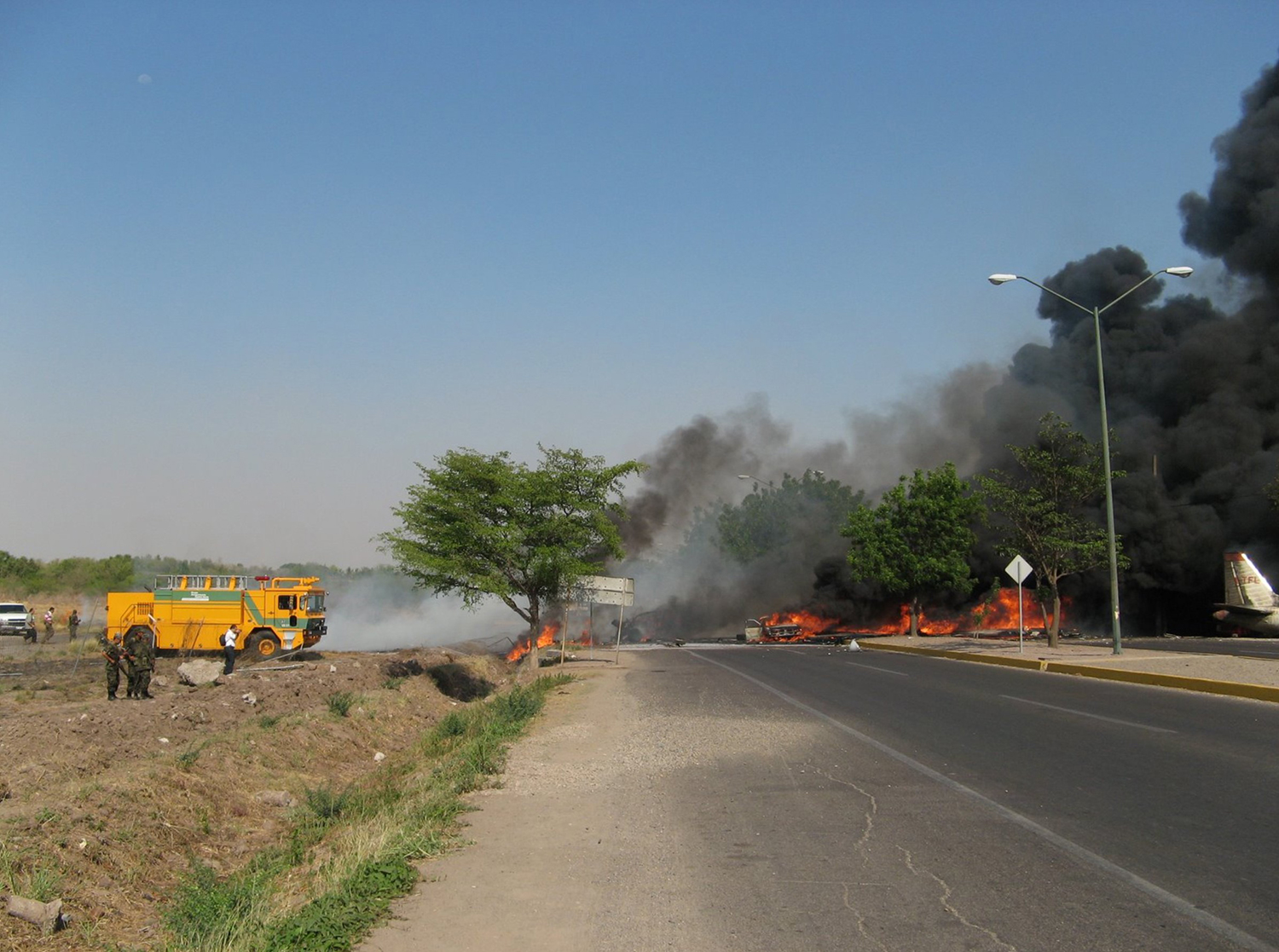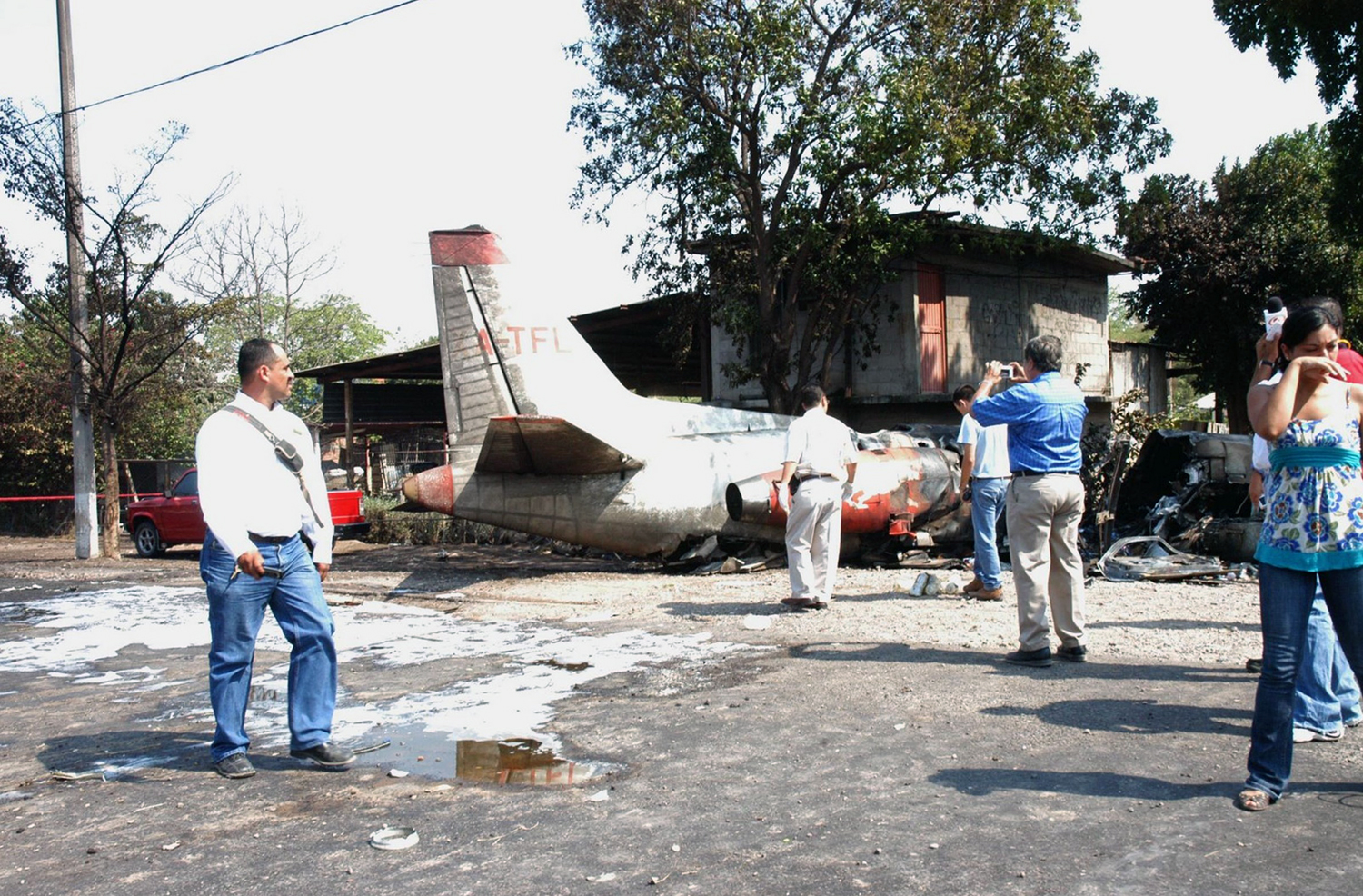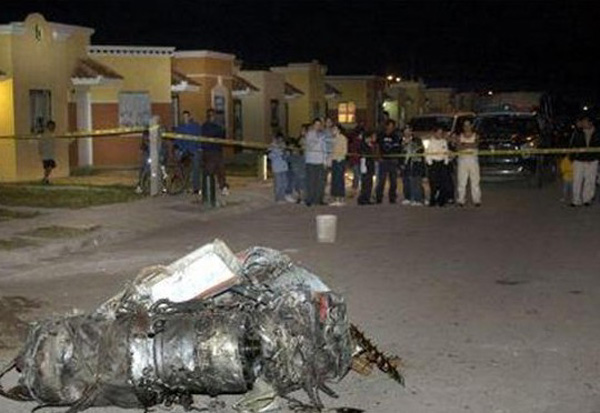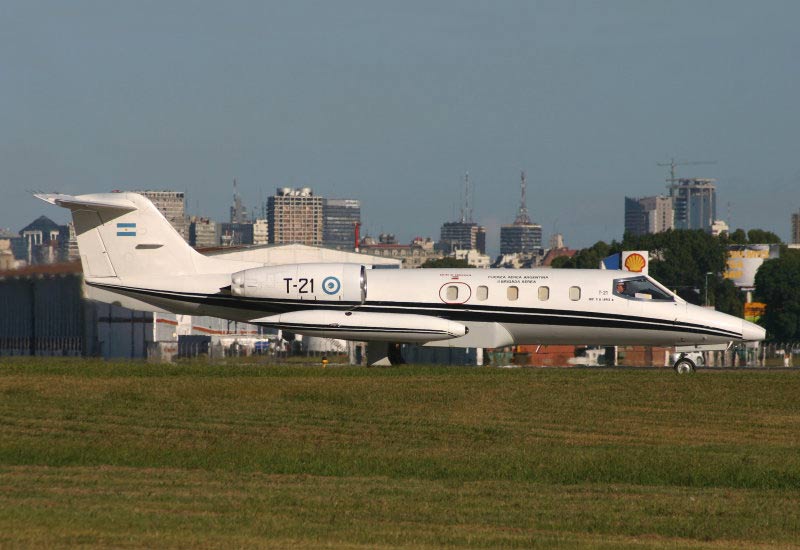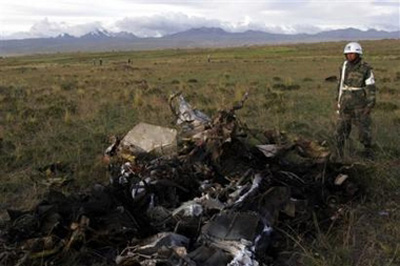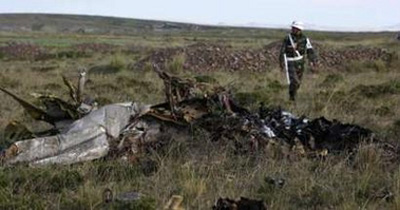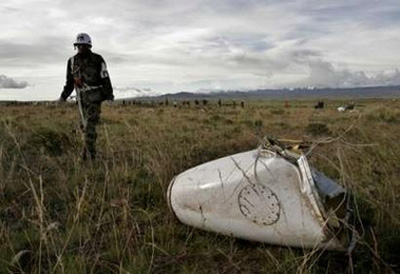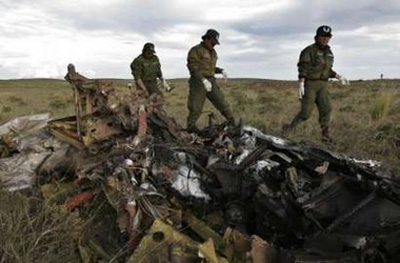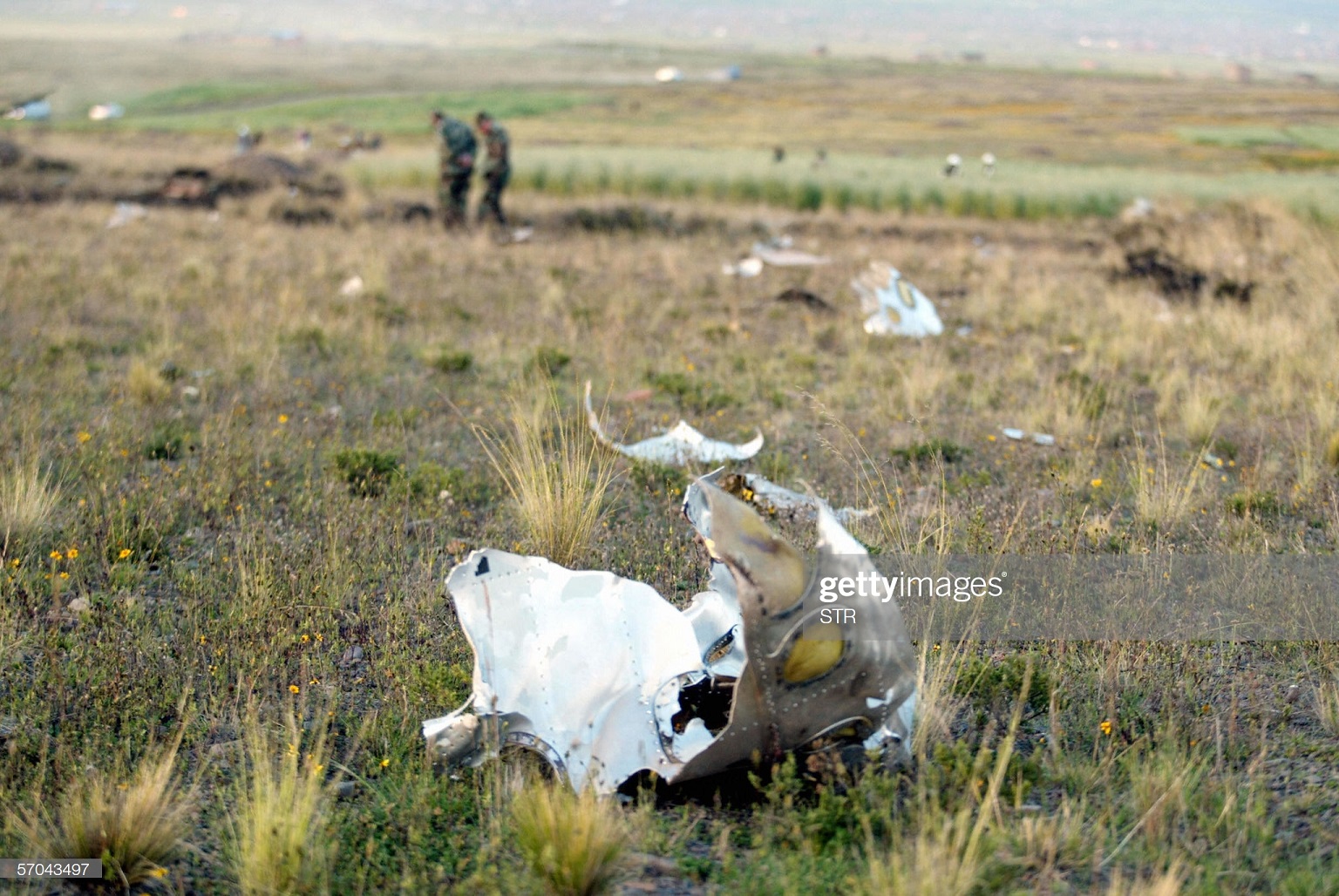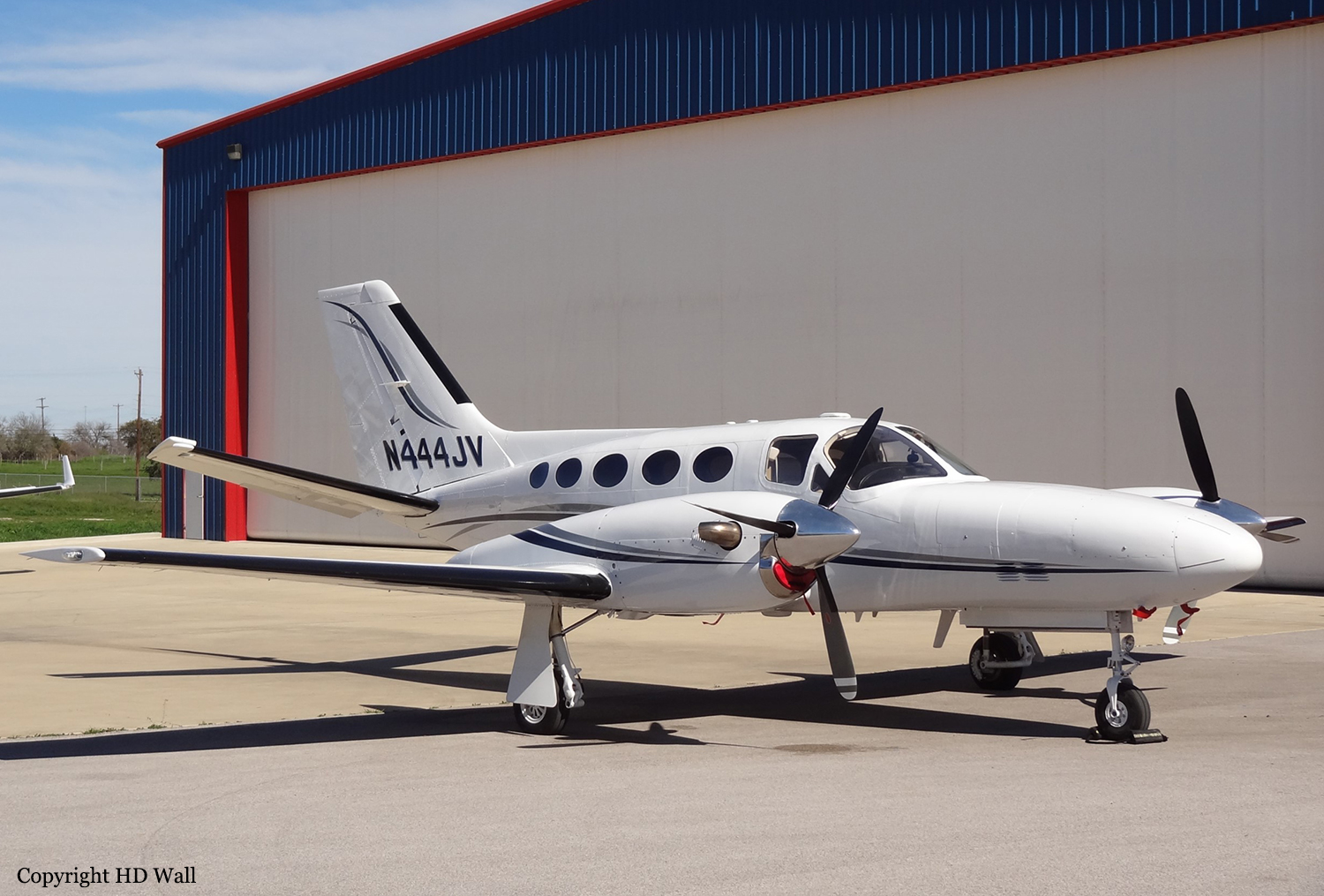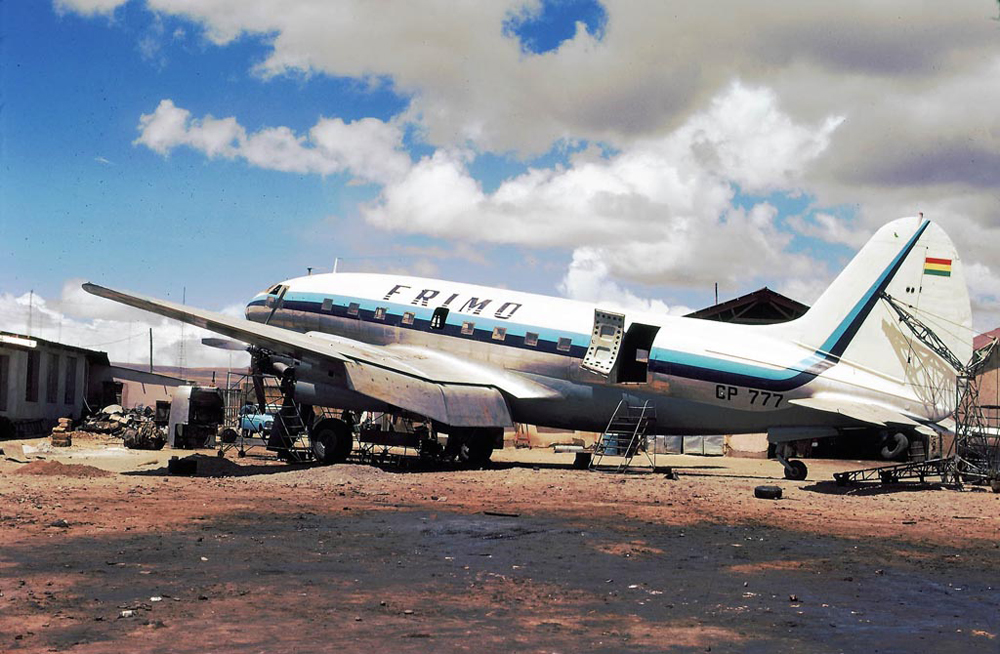Crash of a Rockwell Sabreliner 40R in Culiacán Rosales: 10 killed
Date & Time:
Jul 5, 2007 at 0930 LT
Registration:
XA-TFL
Survivors:
No
Schedule:
Culiacán Rosales – La Paz
MSN:
265-48
YOM:
1962
Flight number:
1100
Crew on board:
3
Crew fatalities:
Pax on board:
0
Pax fatalities:
Other fatalities:
Total fatalities:
10
Circumstances:
During the takeoff roll from runway 02, at a speed of about 100 km/h, the aircraft became unstable. The pilot-in-command elected to takeoff twice but the aircraft failed to respond. Twelve seconds later, the captain decided to abandon the takeoff procedure but this decision was taken too late as the remaining distance was 300 metres only. Unable to stop, the aircraft crossed the boundary fence then a motorway where it collided with several vehicles before coming to rest, bursting into flames. All three crew members were killed as well as seven people on the ground. Ten other people on the ground were seriously injured.
Probable cause:
Wrong takeoff configuration on part of the crew. The following contributing factors were identified:
- Lack of crew training,
- Poor crew resources management,
- Pressure on the crew due to the imminent closure of the airport because of presidential visit,
- The crew failed to follow the published procedures,
- A possible failure of the stabilizers,
- Poor operations supervision on part of the operator,
- Late decision of the crew to reject takeoff.
- Lack of crew training,
- Poor crew resources management,
- Pressure on the crew due to the imminent closure of the airport because of presidential visit,
- The crew failed to follow the published procedures,
- A possible failure of the stabilizers,
- Poor operations supervision on part of the operator,
- Late decision of the crew to reject takeoff.
